In the realm of sports and athletic performance, muscle recovery is paramount. Among the myriad of techniques and tools available, trigger point therapy has emerged as a frontrunner. This article delves into the world of trigger point therapy tools, exploring their essence, popularity, effectiveness, and offering insights on selection and usage.
Table of Contents:
– What is trigger point therapy?
– The rising popularity of trigger point therapy tools
– Assessing the effectiveness of trigger point therapy tools
– A guide to choosing the right trigger point therapy tool
– Best practices for using trigger point therapy tools
What is trigger point therapy?
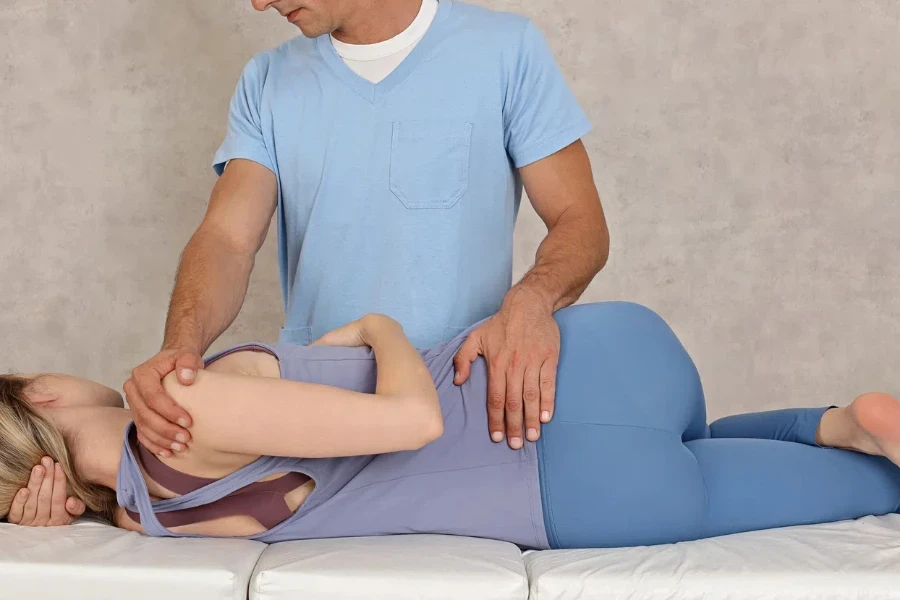
Trigger point therapy is a form of massage therapy that targets specific areas of tension within muscle fibers, known as trigger points or knots. These knots are often the root cause of muscle pain and can contribute to a decrease in athletic performance. Trigger point therapy tools are designed to apply precise pressure to these areas, helping to relieve pain and improve muscle function. From foam rollers to handheld massage devices, these tools come in various shapes and sizes to cater to different needs and preferences.
The rising popularity of trigger point therapy tools
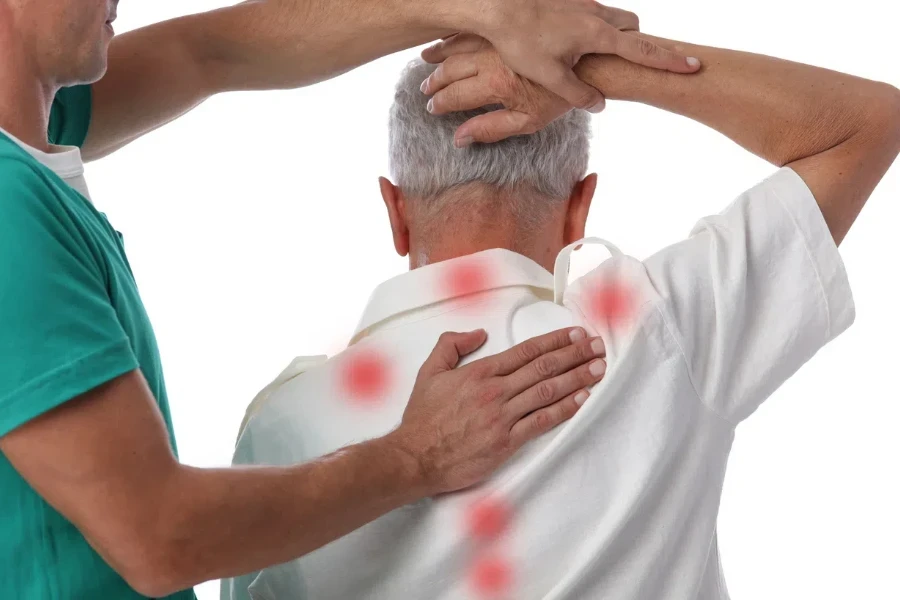
The surge in popularity of trigger point therapy tools can be attributed to their effectiveness in enhancing muscle recovery and overall athletic performance. Athletes from all disciplines, whether amateur or professional, have recognized the benefits of incorporating these tools into their recovery routines. Social media and the endorsement by sports professionals have also played a significant role in bringing these tools into the limelight. As a result, the market is now flooded with an array of products, each claiming to be the best in alleviating muscle tension and improving recovery times.
Assessing the effectiveness of trigger point therapy tools
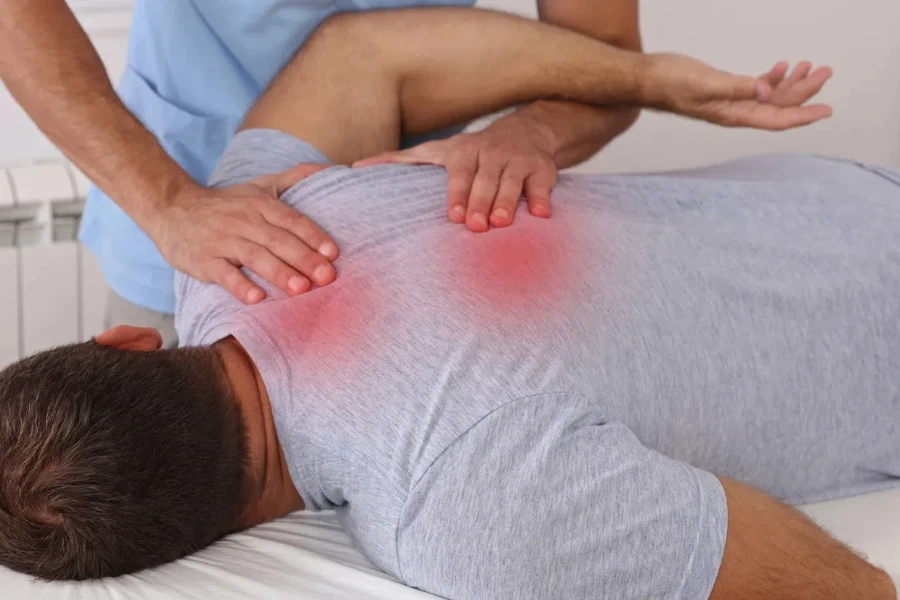
The effectiveness of trigger point therapy tools is backed by both anecdotal evidence and scientific research. These tools are designed to mimic the pressure applied by a massage therapist’s hands, providing a deep tissue massage that can alleviate muscle tension and pain. Regular use of trigger point therapy tools can lead to improved flexibility, reduced soreness, and enhanced performance. However, it’s important to note that the results can vary from person to person, and these tools should be used as part of a comprehensive recovery plan that includes proper nutrition, hydration, and rest.
A guide to choosing the right trigger point therapy tool
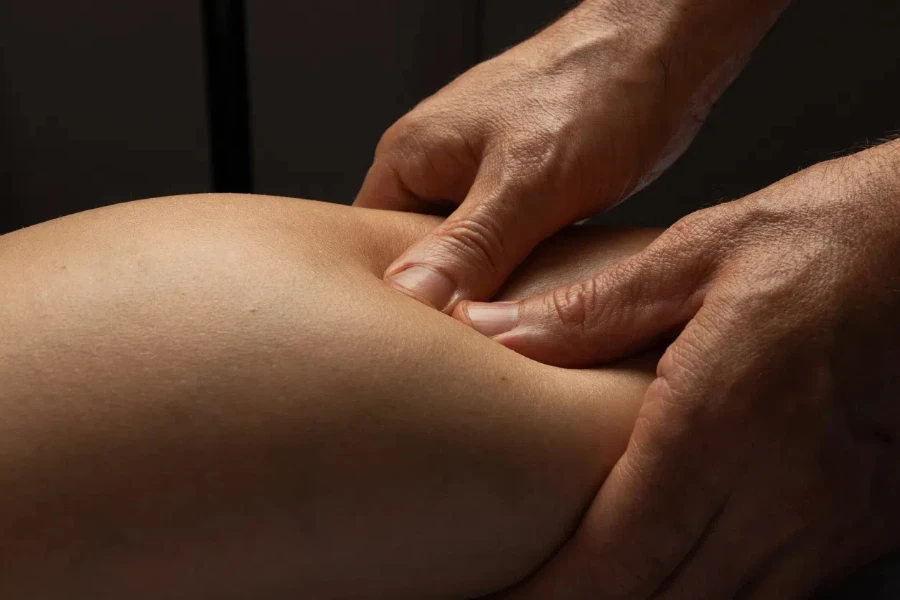
Choosing the right trigger point therapy tool can be daunting given the wide variety available on the market. The key is to consider the specific muscle groups you aim to target and your personal preferences. For instance, foam rollers are great for larger muscle groups like the legs and back, while handheld massage balls are better suited for targeting smaller areas. Additionally, the firmness of the tool is another important factor to consider, as a tool that’s too soft may not be effective, while one that’s too hard can cause discomfort or injury.
Best practices for using trigger point therapy tools
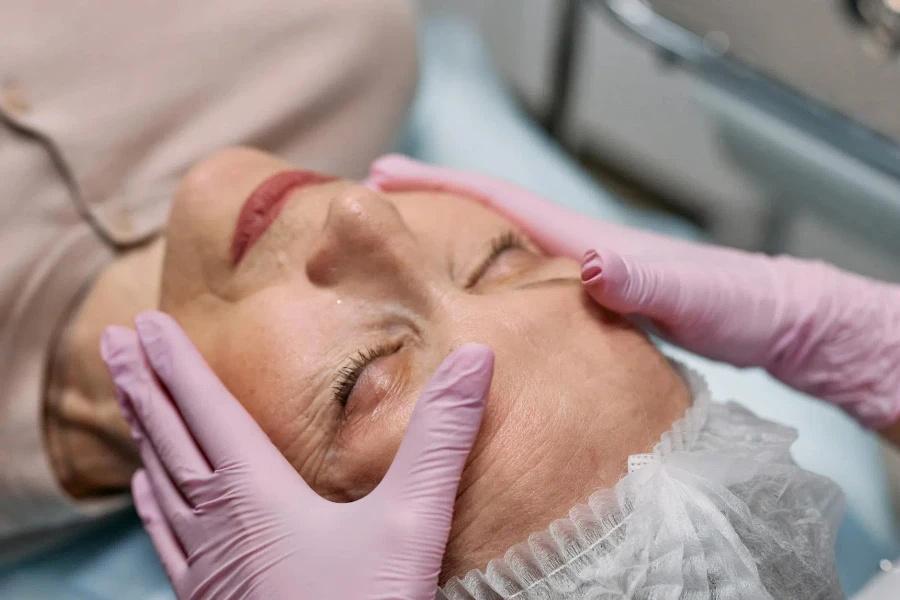
To maximize the benefits of trigger point therapy tools, it’s essential to use them correctly. Start with a warm-up to increase blood flow to the muscles, making them more receptive to the therapy. When using the tool, apply pressure to the trigger point for about 30 seconds to a minute, or until you feel a release in tension. It’s crucial to breathe deeply and relax as much as possible during this process. Additionally, avoid overuse on a single area to prevent bruising or further injury. Incorporating these tools into your recovery routine 2-3 times a week can lead to significant improvements in muscle health and athletic performance.
Conclusion
Trigger point therapy tools have become an indispensable part of the athlete’s recovery arsenal. Their ability to target specific areas of muscle tension and improve recovery times has made them a popular choice among sports enthusiasts. By selecting the right tool and using it effectively, athletes can enhance their performance, reduce the risk of injury, and ensure they are always at the top of their game.




